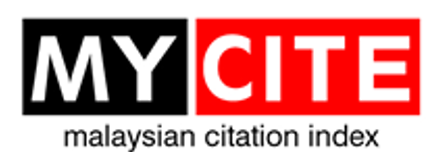Termite Fauna of Sungai Kangkawat, Imbak Canyon Conservation Area (ICCA), Sabah
DOI:
https://doi.org/10.51200/jtbc.v17i.2646Keywords:
Blattodea, Transect, Wood feeder, Termitidae, ImbakAbstract
Termites are important inhabitants of the tropical rain forest, and they are commonly found in tropical soils. They have great importance in tropical terrestrial ecosystems especially in the decomposition process, mediate ecosystem processes and facilitate to improve the structure and quality of the soil. This study was conducted to identify the termite fauna of Sungai Kangkawat, Imbak Canyon Conservation Area (ICCA). Termites were collected using a standardized 100mx2m line transect at South Rim Trail and also through casual collection around the study site. A total of 31 termite species were recorded in this study. The termite assemblage comprises two families namely, Rhinotermitidae and Termitidae. Family Termitidae dominated the termite assemblage with 87.1% (27 species). The collected termite species in this study comprises 30% of recorded termite species of Sabah. Seven subfamilies that are commonly recorded in the tropical forest were identified in this study. Subfamily Termitinae and Nasutitermitinae from family Termitidae dominated the termite assemblage of Sungai Kangkawat with 12 species and ten species respectively. The previous study conducted at ICCA recorded 29 species which have 43.9% similarity with the current study. A total of 12 species were identified as new records for ICCA through this study. Hence, the total number of termite species of ICCA is 41. This study has provided the checklist of termite fauna in Sungai Kangkawat and updated the termite checklist of ICCA.
Downloads
Published
How to Cite
Issue
Section
License
BY: credit must be given to the creator.
NC: Only noncommercial uses of the work are permitted.
This journal provides open access to its content under CC BY-NC 4.0 on the principle that making research freely available to the public supports greater international collaboration and information exchange.












